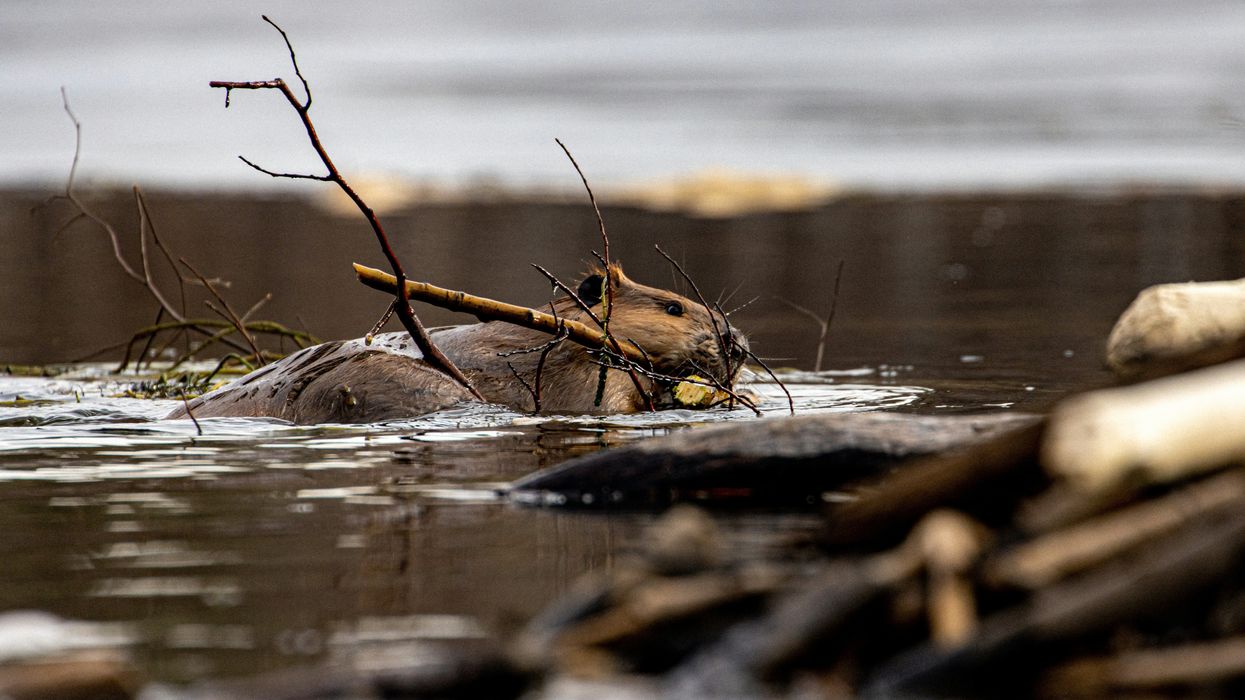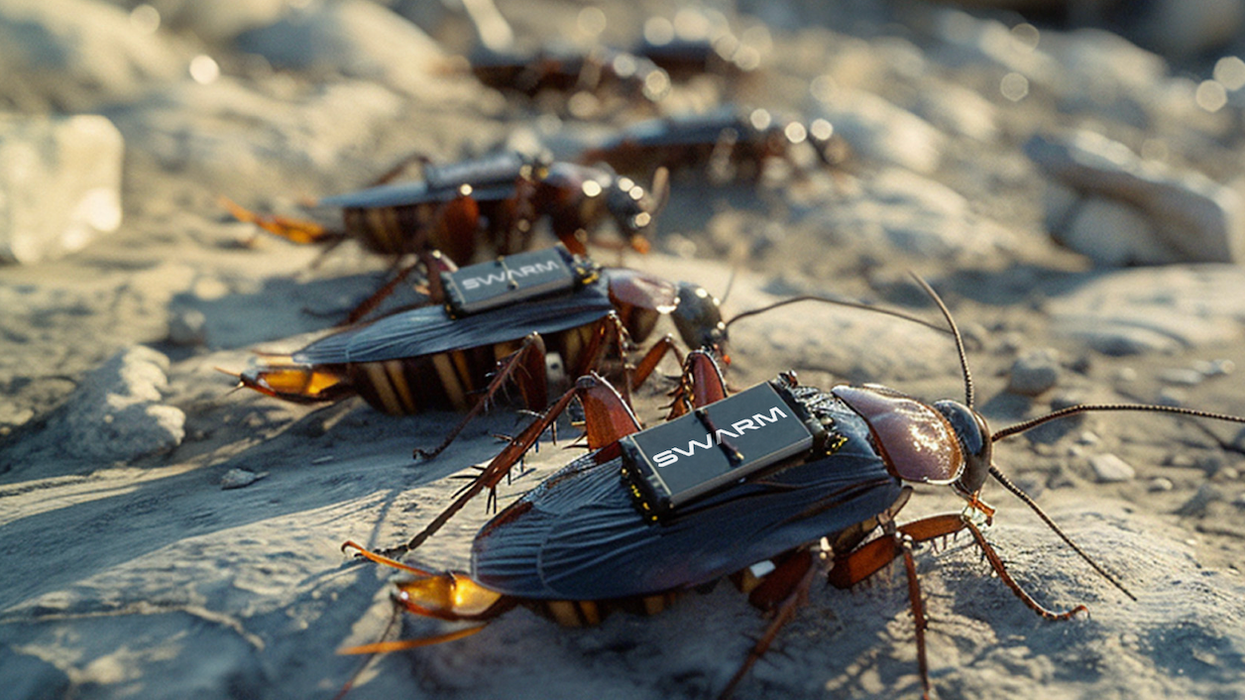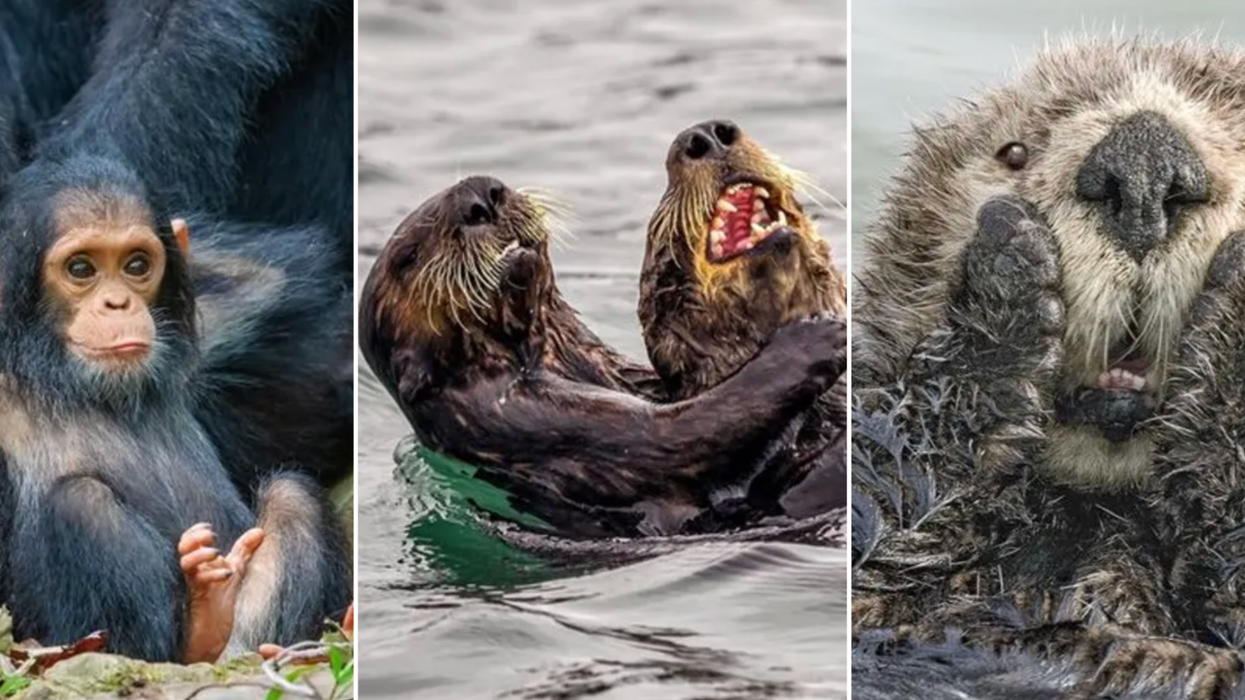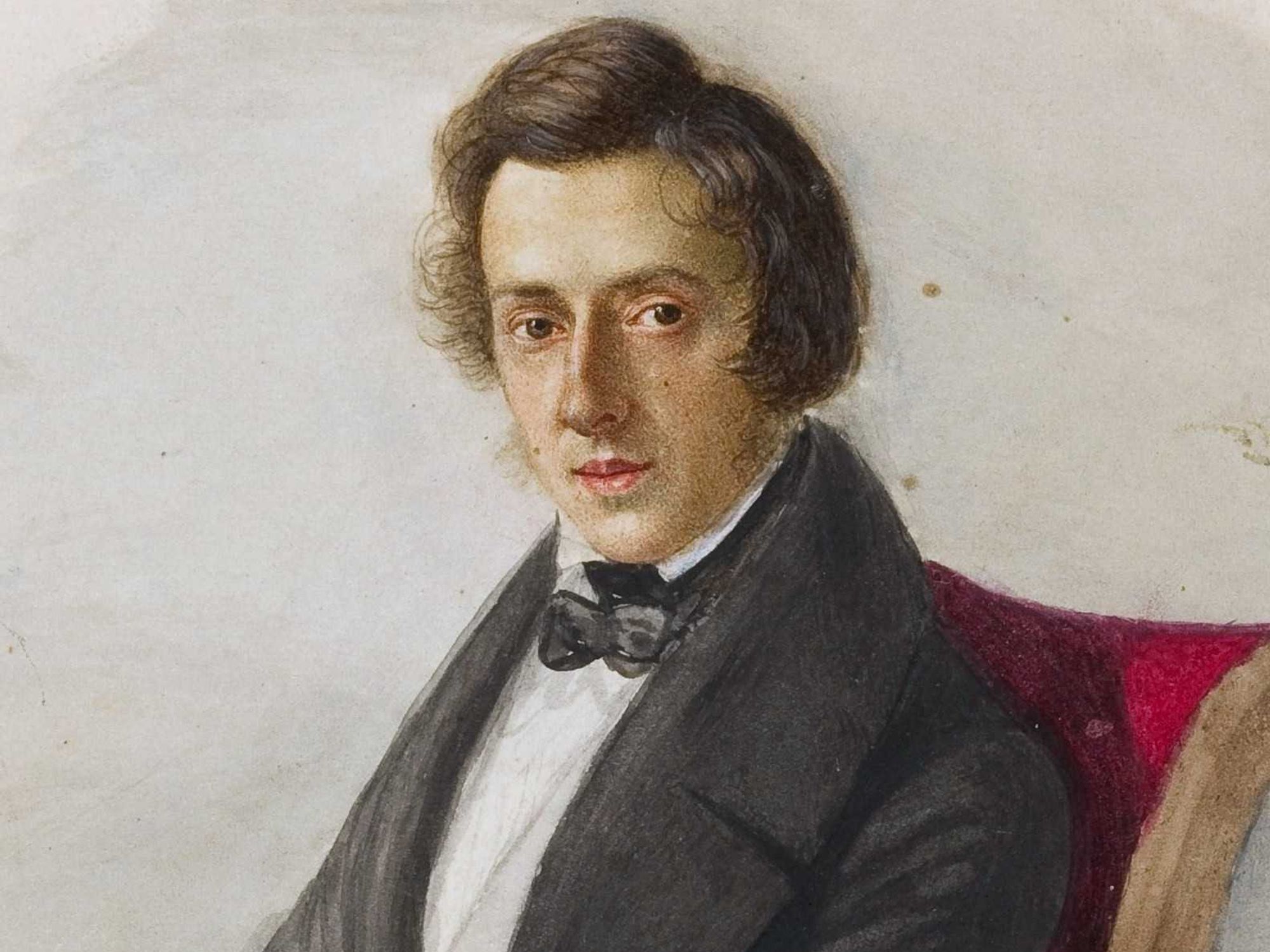When nature interferes with human plans, the end result rarely saves us money. But that’s exactly what happened in the Czech Republic’s Brdy region, where a colony of beavers finished a dam project held up by administrative red tape.
Budgeted at 30 million CZK (or roughly $1.2 million), the endeavor was stuck in the planning stage for seven years due to permit complications, per National Geographic. Years after the military built a drainage system in the area, environmentalists planned to create a wetland, helping "the rare stone crayfish, frogs, and other species" that thrive in those conditions, according to Radio Prague International. But they ultimately didn’t have to: The Brdy Protected Landscape Area Administration reported that beavers constructed their dams in nearly the exact same spot.
"The Military Forest Management and the Vltava River Basin were negotiating with each other to set up the project and address issues regarding ownership of land. The beavers beat them to it, saving us CZK 30 million," said Bohumil Fišer, who heads the administration. “They built the dams without any project documentation and for free." They were able to construct the dam in two nights at the most—pretty efficient and unfussy work compared to the complications we humans create.
Jaroslav Obermajer, head of the Central Bohemian office of the Czech Nature and Landscape Protection Agency, put it simply to PRI: "Beavers always know best. The places where they build dams are always chosen just right—better than when we design it on paper." In a statement, per The Telegraph, The PLA wrote that they are "already seeing the emergence of a small pound and surrounding wetland," noting that the beavers are still working to create new wetlands.
Beavers—please forgive me—are pretty dam cool. They build their homes (or lodges) underwater, creating a safe space by stacking together tree branches, rocks, mud, and grass. And this unique instinct is apparently so strong that beavers can build dams wherever they happen to be, including, apparently, inside a house occupied by human beings. Dr. Holley Muraco, director of research at the Mississippi Aquarium, demonstrated this amazing fact in a 2023 YouTube video starring a female beaver named Sawyer, who piles stuffed animals, blankets, wrapping paper, Christmas decorations, and other found objects into a makeshift dam. It’s both ridiculously adorable and a little mind-blowing.
Muraco was rehabbing Sawyer at her home, along with two other orphaned beavers, with help from Mississippi’s Woodside Wildlife Rescue. "Sawyer is one of a kind," she told Upworthy. "Very opinionated and, as crazy as it sounds, intelligent. I raised Sawyer on a bottle in our home and then introduced her to Huck and Finn who are a bit older. All three were orphaned separately when their parents were killed. The three were sent to Woodside Wildlife to be raised as siblings."
In other prior rodents-are-hilarious news, a 2022 viral video focused on the rivalry between two beavers who shared a room at a wildlife rescue. While one, Ziibi, was playing around in a semi-aquatic enclosure, her roommate, Nibi, piled up sticks in front of the door—seemingly an attempt to ensure that her frenemy stay out. Crafty…


















 Images from Mars from NASA's Perseverance Mars rover.NASA/JPL-Caltech/
Images from Mars from NASA's Perseverance Mars rover.NASA/JPL-Caltech/  Eye surgery.Photo credit:
Eye surgery.Photo credit: 
 A coffee shop in the middle of the dayCanva
A coffee shop in the middle of the dayCanva




 Several people scratching off lotto ticketsCanva
Several people scratching off lotto ticketsCanva A woman fans out a bunch of cash
A woman fans out a bunch of cash
 Portrait of Fryderyk Chopin.Maria Wodzińska/
Portrait of Fryderyk Chopin.Maria Wodzińska/  A standing ovation.Photo credit
A standing ovation.Photo credit